Can ‘house factories’ help solve the housing crisis?
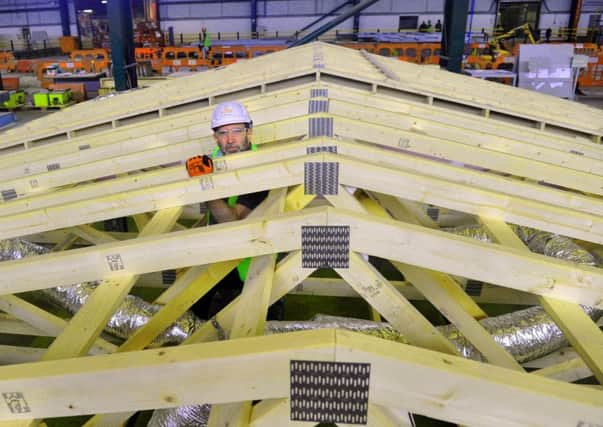

The facility, just off the A1(M) at Flaxby, was formerly the printworks where the bulky business phone directories were produced but now manufactures modular houses for owner Ilke Homes.
Whole streets of properties are built here on vast production lines stretching the length of the 280,000 sq ft building.
Advertisement
Hide AdAdvertisement
Hide AdThe company expects to produce 500 houses this year and hopes to exceed 2,000 next year.
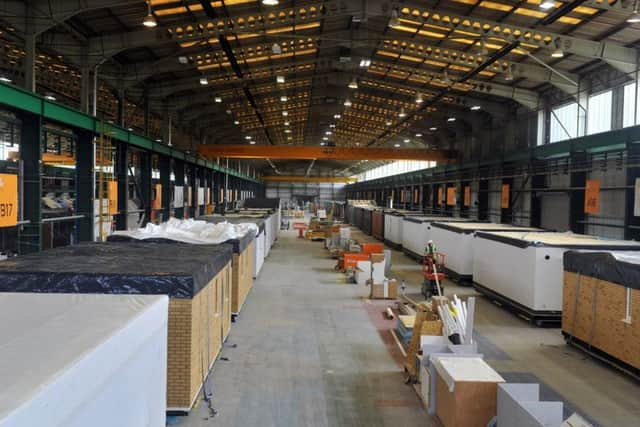

That figure is based on two shifts with four production lines, and the second shift is currently being recruited, bringing the headcount to over 300.
“The next vision will be to get to 5,000 homes, and in 10 years we want to be producing 10,000,” says Dave Sheridan, executive chairman of Ilke Homes. “That will make us about the same size as one of the larger housebuilding developers.”
Mr Sheridan is clearly expecting plenty of demand, but then, he has good reason to. The May Government set a target of building 300,000 homes per year by the mid-2020s, and there are no signs yet of the policy being ditched.
Advertisement
Hide AdAdvertisement
Hide AdYet new house starts registered just a 1 per cent increase in the year to March 2019, still only totalling 162,270, which means that something fairly spectacular has to happen if the Government is to come anywhere close to fulfilling its ambition.
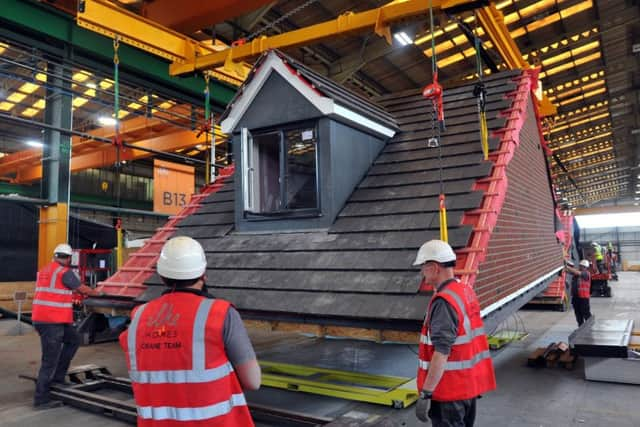

This summer, the Housing, Communities and Local Government Committee urged the Government to encourage the use of modern methods of construction (MMC) to address the situation.
MMC ranges from prefabricated timber frames, which can increase efficiency of delivery by 30-40 per cent, to robotics and drones, and encompasses exactly the kind of off-site housebuilding Ilke Homes specialises in.
The committee also warned the Government would have to act quickly to increase capacity and improve investor confidence if it was to have any meaningful impact on housebuilding targets.
Advertisement
Hide AdAdvertisement
Hide AdGiven that rapid government action appears to be all but impossible with the current political stasis, it is perhaps fortunate that the large housebuilders are taking up the slack – Ilke is far from alone in the modular homes market.
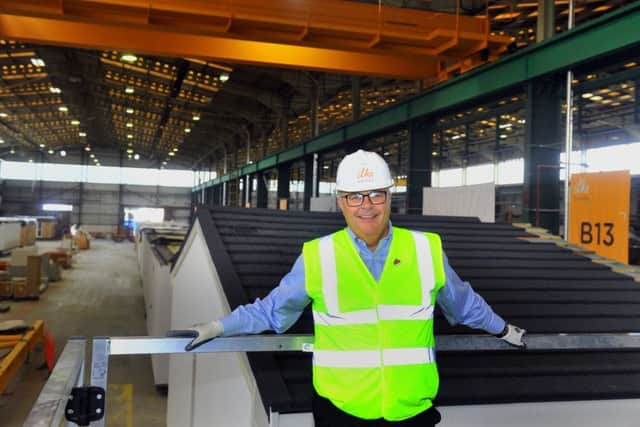

In 2016, L&G Modular Homes invested £55m to open what it called the “world’s biggest modular housing factory” at Sherburn-in-Elmet – just 20 miles from Flaxby – to build 4,000 homes a year.
Barratt Homes now uses some form of MMC for around one in five of its homes, and Berkeley aims to produce 1,000 homes a year from 2020 at its new Berkeley Modular factory in Kent.
York-based Persimmon Group’s Space 4 business has recently increased capacity to supply up to 9,500 MMC units per year.
Advertisement
Hide AdAdvertisement
Hide AdEven Japan’s biggest housebuilder has got in on the action. In partnership with the government’s housing delivery agency, Homes England, Sekisui House has invested in developer Urban Splash’s new “House” business in an £87m venture to build modular homes.
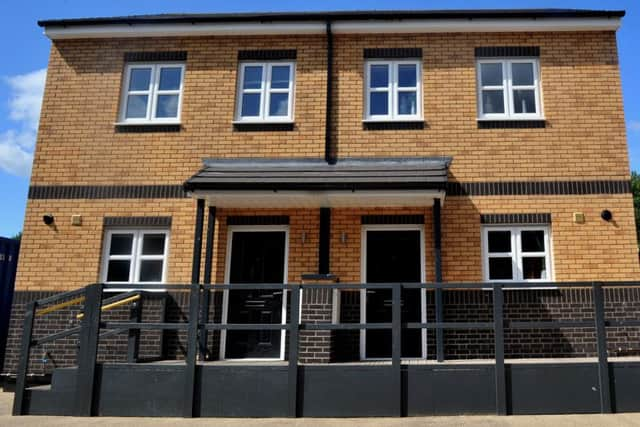

Modular housing may still be little known in the UK, but in some countries it is very normal. In Sweden, around 84 per cent of homes are prefabricated using timber.
The popularity of the modular sector is due largely to the advantages it has over its conventional, on-site counterpart. Off-site construction is far quicker and more efficient; the construction of a typical three-bedroom could be cut from up to 40 weeks to just 10 days, industry figures suggest.
It is also less weather-dependent, creates less disruption for neighbouring communities, slashes the development’s carbon footprint, and requires a far smaller workforce – an important consideration at a time when many migrant builders are leaving the UK in anticipation of Brexit.
Advertisement
Hide AdAdvertisement
Hide AdThe drawbacks are less apparent, although the industry is not without its challenges.
“We’ve delivered homes as far north as Gateshead and as far south as Devon, and one of the limitations is transport,” says Mr Sheridan. “We basically build a box in the factory as a complete unit, so we’ve got to consider transport logistics: the size of the unit on a wagon, any bridge heights and delivery issues.
“We’ve also got to consider some of the structural constraints, so we work very closely with the building regulations and the warranty provider to make sure our designs meet all the plans.”
It’s this kind of collaboration with officialdom that has seen the modular industry gain credibility. The Buildoffsite Property Assurance Scheme (BOPAS) vouches for the integrity of off-site construction systems and has won over big lenders such as Natwest and Santander, which now offer mortgages on modular homes.
Advertisement
Hide AdAdvertisement
Hide AdThis “normalisation” is also helping to make modular homes more popular with consumers. Amazon reported recently that it had sold out of the $105,000 three-bed modular house it was selling, saying the Estonian supplier had a backlog of orders.
Such is the demand for housing in the UK, Ilke Homes is already planning to expand, less than a year after the launch of its Flaxby site.
“We always thought Flaxby was ‘factory one’,” says Mr Sheridan. “We knew that once we’d proven the concept and the technique and investment right, then ‘factory two’ would be able to go up much quicker.”
Where that will be has yet to be decided, but Mr Sheridan would like it to be close to Flaxby.
Advertisement
Hide AdAdvertisement
Hide Ad“One of the reasons we chose Flaxby was because of the quality of the workforce available and the transport logistics there,” he says.
“So we’ll look at the macroeconomic factors as well as the local factors, but Yorkshire’s a great base for us.”